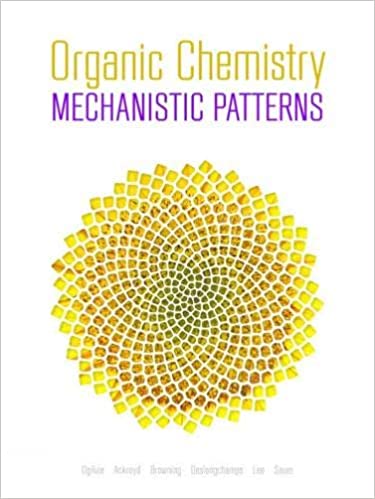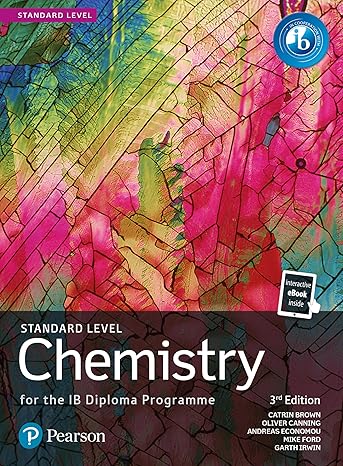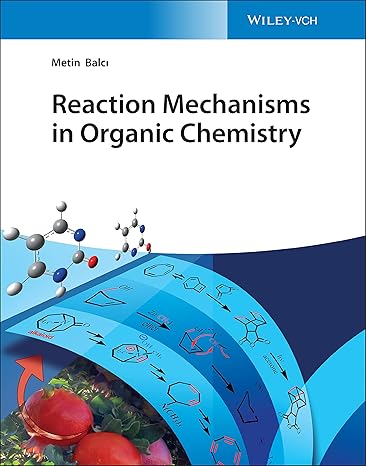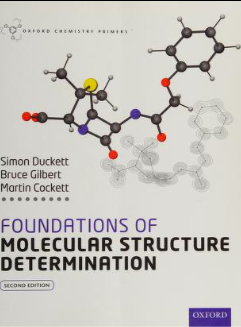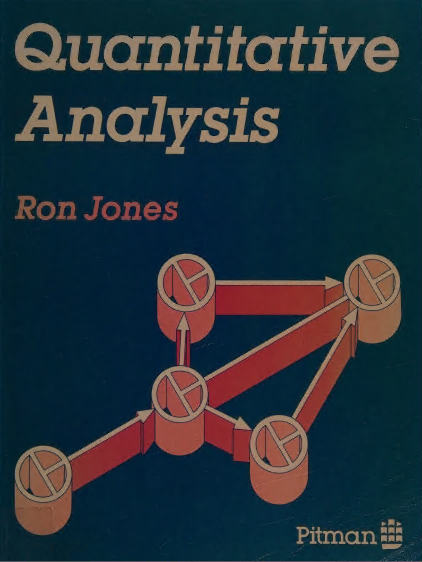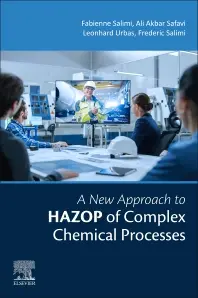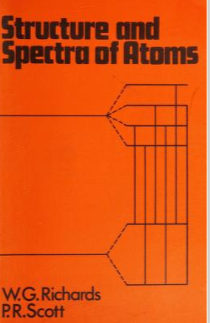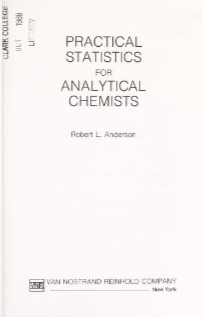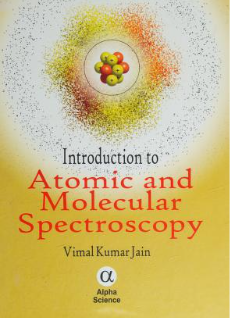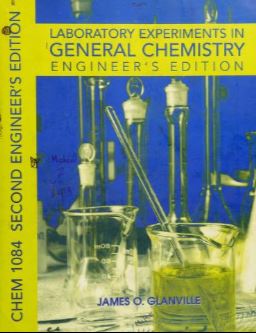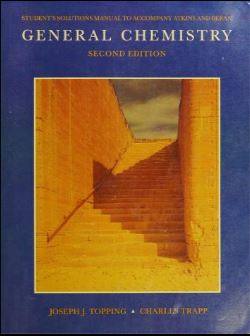Organic chemistry is a science that has existed for less than 200 years. The traditional way to
teach this discipline is based on the laboratory technology for identifYing organic substances that
existed in the eighteenth century, in which chemical tests that detected the presence of particular
functional groups were used to identifY molecular structure. Because of the importance of these
chemical tests, it was natural that classroom instruction would focus on the functional groups that
were the targets of these tests. Although successful, this approach required extensive rote memorization
without understanding. Deep understanding of the discipline therefore required a long
time and considerable experience to acquire.
In the 1930s, the idea of understanding reactivity by considering the movements of electrons,
rather than just atoms, was pioneered. This mechanistic method of analyzing reactivity is a more
general and powerful way of thinking about organic chemistry, making it possible to describe
why a reaction occurred, and to explain many concepts that had previously been derived from
empirical measurement. But ...
Today, textbooks
and courses are
sti ll organized around
the functional group
concept.
Today, textbooks and courses are still organized around
the functional group concept. Mechanisms are taught today,
but typically in the context of the older functional group way
of studying the discipline. Because chemists learn the discipline
according to functionality, they tend to teach the subject
the way they have been taught-grouping by molecular
structure. It is difficult to move beyond this traditional way of
thinking about organic chemistry. We, as educators, tend to
fall back into old patterns, and utilize the functional-groupcentred
approach.
For example, ozonolysis is often taught as part of alkene
reactivity, presenting a complex cycloaddition to students
who are still trying to master the concepts of nucleophile
and electrophile. Texts often compound this challenge by
presenting "magic" reactions where no mechanistic insight is provided. In the case of ozonolysis,
a reducing agent is often shown to magically transform the ozonide into two carbonyl
components, with no understanding of how the process operates.
A mechanistic method is-in principle- more general, easier to understand, and provides
a better way to achieve a deep understanding of chemical reactivity. But a mechanistic method
req uires a mechanistic approach. A curriculum must be organized around reactivity, not structure.
چکیده فارسی
شیمی آلی علمی است که کمتر از 200 سال است که وجود داشته است. روش سنتی برای
آموزش این رشته مبتنی بر فناوری آزمایشگاهی برای شناسایی مواد آلی است که
در قرن هجدهم وجود داشت، که در آن آزمایشات شیمیایی که حضور خاصی را نشان می داد
از گروه های عاملی برای شناسایی ساختار مولکولی استفاده شد. به دلیل اهمیت اینها
در آزمون های شیمی، طبیعی بود که آموزش کلاس روی گروه های عملکردی متمرکز شود که
هدف این آزمایش ها بودند. اگرچه موفقیت آمیز بود، اما این رویکرد مستلزم به خاطر سپردن کامل روت بود
بدون درک بنابراین درک عمیق این رشته مستلزم زمان طولانی
بود
زمان و تجربه قابل توجهی برای به دست آوردن.
در دهه 1930، ایده درک واکنش پذیری با در نظر گرفتن حرکات الکترون ها،
به جای اتم ها، پیشگام بود. این روش مکانیکی تجزیه و تحلیل واکنش پذیری بیشتر
است
طرز تفکر کلی و قدرتمند در مورد شیمی آلی که امکان توصیف
را فراهم می کند
چرا یک واکنش رخ داد و برای توضیح بسیاری از مفاهیمی که قبلاً از
مشتق شده بودند
اندازه گیری تجربی اما ...
امروزه کتاب های درسی
و دوره ها
هستند
هنوز در اطراف
سازماندهی می شود
گروه عملکردی
مفهوم.
امروزه، کتابهای درسی و دورههای آموزشی هنوز در اطراف
سازماندهی میشوند
مفهوم گروه عملکردی امروزه مکانیسم ها آموزش داده می شود،
اما معمولاً در زمینه روش گروه عملکردی قدیمی تر
از مطالعه رشته زیرا شیمیدانان این رشته را یاد می گیرند
با توجه به عملکرد، آنها تمایل به آموزش موضوع دارند
روشی که به آنها آموزش داده شده است-گروه بندی توسط مولکولی
ساختار فراتر رفتن از این روش سنتی
دشوار است
فکر کردن به شیمی آلی ما به عنوان مربی تمایل داریم
به الگوهای قدیمی برگردید و از تابع-گروه محور
استفاده کنید
رویکرد.
به عنوان مثال، ازنولیز اغلب به عنوان بخشی از آلکن آموزش داده می شود
واکنش پذیری، ارائه یک سیکلودافزودن پیچیده به دانش آموزان
که هنوز در تلاش برای تسلط بر مفاهیم هسته دوست هستند
و الکتروفیل متون اغلب این چالش را با
ترکیب می کنند
ارائه واکنش های "جادویی" در جایی که هیچ بینش مکانیکی ارائه نمی شود. در مورد ازنولیز،
یک عامل کاهنده اغلب نشان داده می شود که به طور جادویی اوزونید را به دو کربونیل تبدیل می کند
اجزای سازنده، بدون درک نحوه عملکرد فرآیند.
یک روش مکانیکی اصولاً کلیتر است، درک آن آسانتر است و
را فراهم میکند
یک راه بهتر برای دستیابی به درک عمیق واکنش شیمیایی. اما یک روش مکانیکی
نیاز به یک رویکرد مکانیکی دارد. یک برنامه درسی باید بر اساس واکنش سازماندهی شود، نه ساختار.
ادامه ...
بستن ...
Ebook details:
عنوان: Organic Chemistry: Mechanistic Patterns With Printed Access Card (12 Months) for ChemWare
نویسنده: OGILVIE, DESLONGCHAMPS, BROWNING
ناشر: Nelson Canada (2017)
زبان: English
شابک: 0176833307, 978-0176833305
حجم: 250 Mb
فرمت: Image pdf with ocr
ادامه ...
بستن ...
